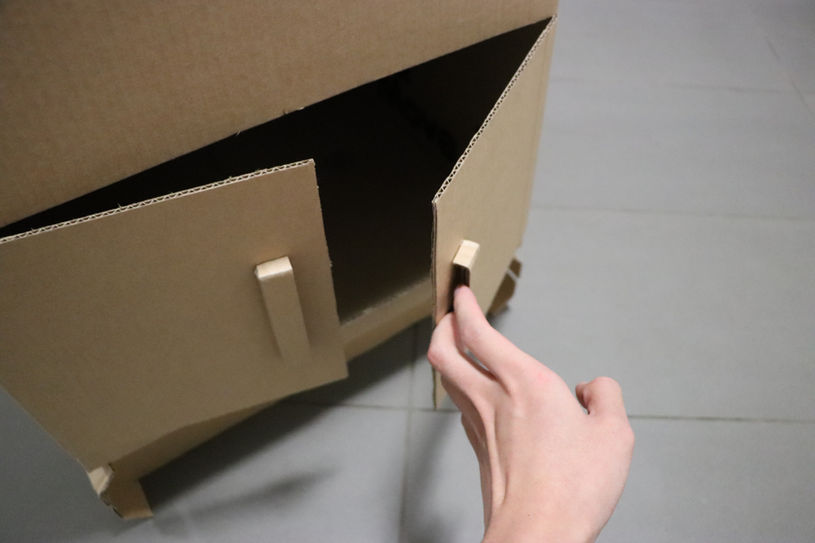Vagus
Team: Khoa Tran (individual)
Year: 2019
Keywords: homelessness, rough sleeper, container for change

The problem
In collaboration with Bertonni, tackle homelessness in Queensland by enhancing or improving rough sleepers' condition and living standard.

The solution
A network of innovative recycling bins that are interconnected via IoT and utilises Application Transfer Design (ATD) to allow rough sleepers to participate in Queensland's Containers For Change scheme in a dignified manner.

The impact
An interplay between social impacts of caring for marginalised individuals and state-wide sustainability initiative that improves the well-being of rough sleepers while allowing them to contribute, to work, and to accommodate themselves, maintaining a sense of social inclusion and dignity.

RESEARCH

Research and final design presentation
Academic literature review and market research were conducted to get a better perspective of the current state of homelessness in Queensland, Australia. Specifically, this research focused on rough sleepers, their needs, pain points, as well as existing mitigation measures.
Interview
An interview was conducted with an expert in community work that aims to help those who are in need, abandoned, or marginalised.


USER GROUP



Rough sleepers
Need a dignified and meaningful way to obtain essentials and improve the overall quality of life.

FEATURES
Hero shot
This project is not aimed to solve both the plastics crisis and homelessness in Brisbane. Rather, the idea is to develop a service that integrates the social impacts of helping homeless people to the container deposit scheme.
Smart display
The product has a monitor on the top featuring what types of containers to put into the bin, its performance, and providing feedback. The case of the monitor is made from OPTIX 95 Acrylic which offers excellent weatherability, durability, and smudge and fingerprint resistance.
Exploded view
The main material of the product is Aluminium 6063 - T6 which has good strength and corrosion resistance. The electrical components are powered by solar panels made from mono-crystalline silicone.

SEQUENCE OF USE
Step 1: Discard
The general public discards their recyclable bottles based on the visual instruction provided by the logo and monitor. The opening (130 mm) is designed to prevent vandalism. A near-infrared sensor near the opening will detect the fill level of the bin.
Step 2: Scan
Rough sleepers, who have been registered into the program, scan their internally-issued membership card to unlock the bin.
Step 3: Collect
The user collects the bottle. The door has a weld-on recessed pull handle and is rotated using a friction hinge to prevent the door from swinging freely.
Step 4: Deposit
The user deposits the collected bottles and earns the reward.

DEVELOPMENT
Initial concepts (diverging)
Rough visualisation of initial ideas in response to design opportunities identified from research including portable multi-functional luggage, utilising the Containers for Change Scheme, and innovative storage solution.
Design development (converging)
Iterative sketches to inform the decision making process regarding CMF, features, ergonomics, and size, etc.
Final design sketches (converging)
Sketches with a high level of detail and accuracy that capture the final design idea before moving into Computer-aided Design.

PROTOTYPE
Final prototype
A 1:2 scaled cardboard prototype was fabricated to highlight the product's form and key features.









































